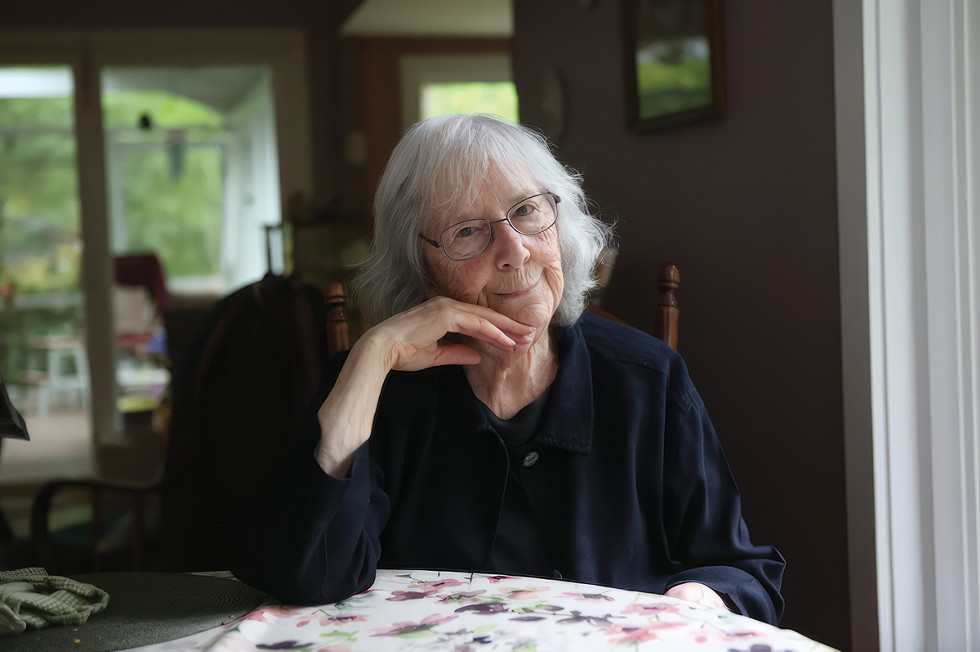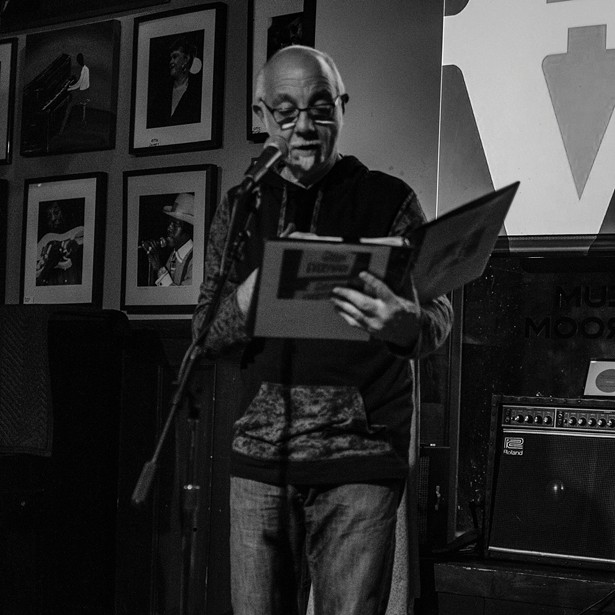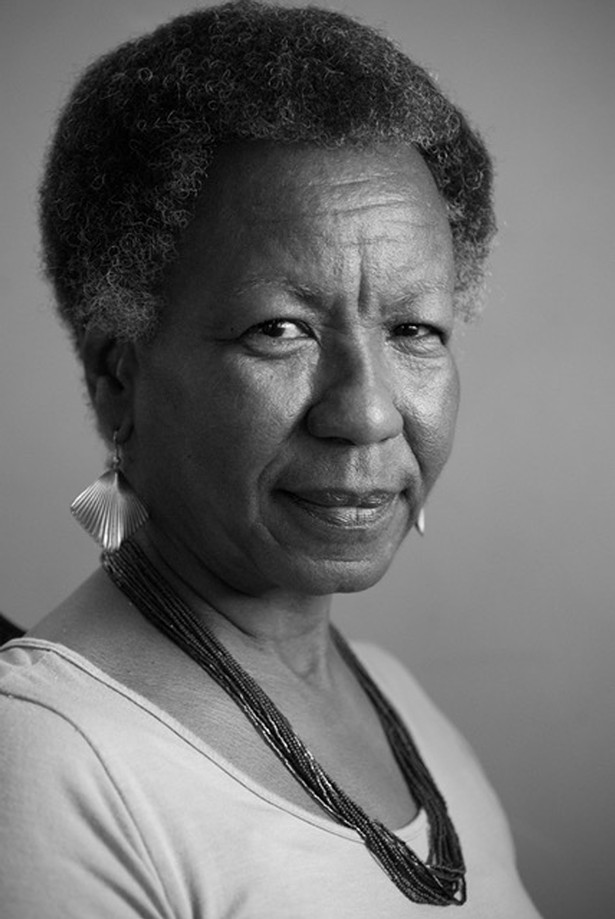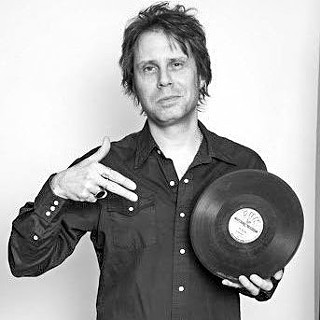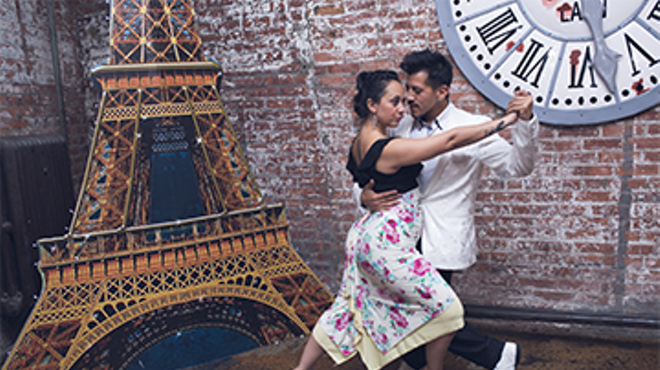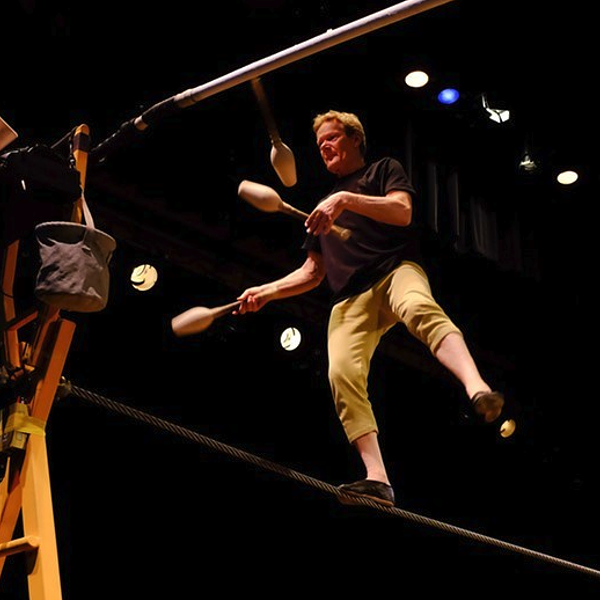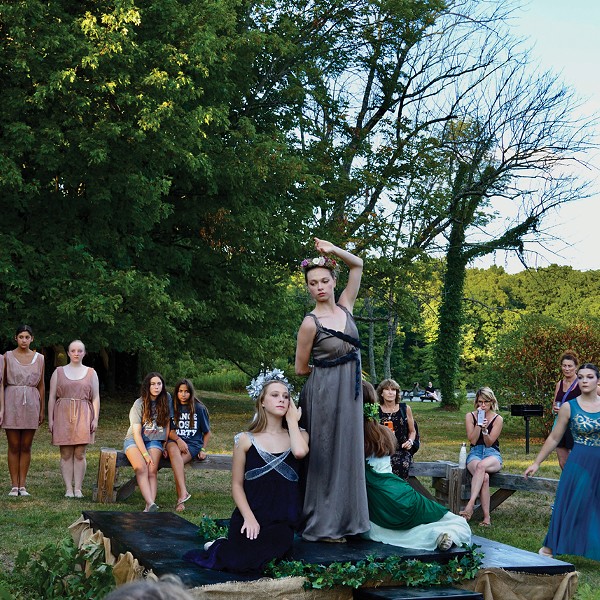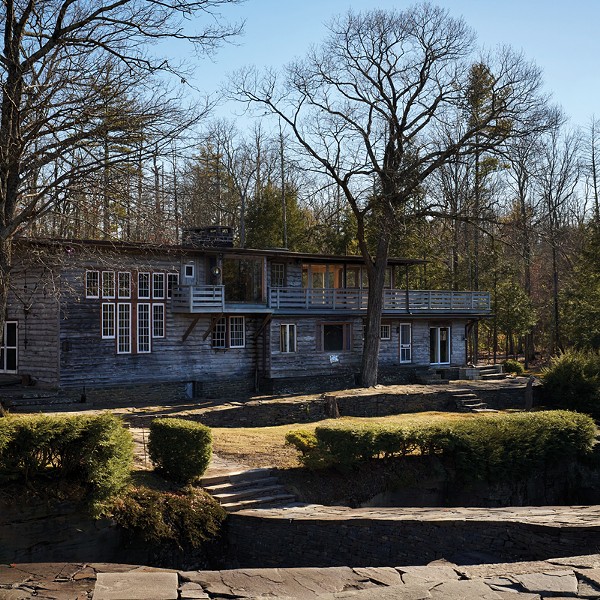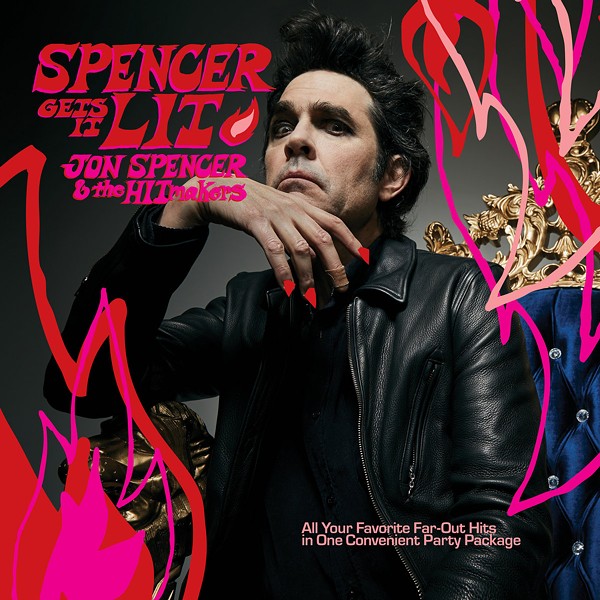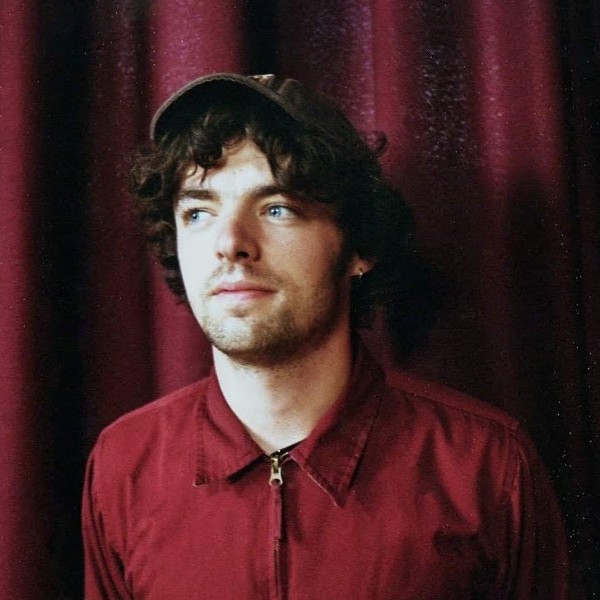It's with the Hudson Valley's original inhabitants that the medium's local lifeline begins. "[W]hatever the tribe or band, poetry was part of the fabric of life," writes Vassar College professor Paul Kane. "Native Americans would not have thought of poems in the terms we do today; for them, poetry was mainly song, and it occurred in a wide range of circumstances, from religious and ceremonial occasions to secular and recreational events, whether public or private in utterance. It was an oral tradition and much of it is lost to us." Concurrent with the evolution of the Hudson River School painters were waves of poets who were similarly inspired by the region's natural beauty, like William Cullen Bryant and his good friend, the visual art movement's leading figure, Frederic Church, who wrote poetry himself. Later in the 19th century came naturalist John Burroughs, who published the poetry collection Bird and Bough, and his close colleague Walt Whitman, who'd journey from New York to visit and write. In the 1920s, Edna St. Vincent Millay, the first female poet to win the Pulitzer Prize, was ensconced in Columbia County, and by the 1950s the Beat revolution had migrated upriver to Woodstock, luring the likes of Bob Dylan during the following decade to cement a regional poetic lineage that lives on. Today, the amount of poetic activity in the area is truly immense: Poetry surrounds us even though many of us may not know it does. In honor of National Poetry month, we decided to put our finger on the poetic pulse that permeates the place we call home. And, as you'll see, we found that pulse to be strong.
Creative Channels
As the poetry editor of Chronogram since June 2003, Phillip Levine has been a conduit for the many beginning poets who've seen their work published for the first time via our pages. "On average, I get about 80 poems from 40 poets each month," he says. "About 80 percent are poets from in and around the Hudson Valley. Chronogram's Poetry section is listed at [literary platform] Duotrope, so poets find us from all over the world. I've published a few poets recently from Ukraine." Given the vast amount of submissions, how does Levine narrow it down to what gets featured in the magazine? "I, personally, am eclectic and my tastes run so: 'Prose is prose and poetry is everything else'," he says. "I'm looking for an authentic, original voice that surprises or delights me. Work that perhaps says something that is familiar in a completely unfamiliar way. I like having a selection that is wildly varied in tone and topic, and the submissions I receive are wildly varied. I would say the same about the [local] poetry I see and hear in general—wildly eclectic."
Levine also encounters a lot of that poetry via his role as the president of the Woodstock Poetry Society, a position he took over from the group's cofounder Bob Wright in 2004. The organization has a monthly reading event, typically with two featured readers followed by an open mic, at the Woodstock Public Library. "Many of our attendees (about 30 or so per reading) are from all around the Hudson Valley," says the organizer. "There are numerous other events up and down the river. Saugerties is rapidly becoming a frequent center of events. Also, Kingston, Beacon, Orange County, and Albany have a number of ongoing reading series. Centered around Bard College is a strong language-poet bent; out of Beacon, some number of hip hop voices. It would be hard to say there is such a thing as a 'Hudson Valley voice.' That's a good thing I think."
Microphone and Micro-Press
Mike Jurkovic hosts the 25-years-and-still-going Calling All Poets, the Hudson Valley's longest-running open-mic poetry series. "I had been running my own poetry series, Voices of the Valley, from the mid '90s through the early '00s in numerous venues throughout the Ulster/Dutchess area," Jurkovic recalls. "Jim Eve, who had started CAPS, and I were forever crossing paths.
Also putting poets into print is Kingston's 1080 Press. "1080 Press was founded in 2020 as a publishing project dedicated to producing small books and chapbooks of poetry and distributing them through the mail for free [plus postage] to a small list of subscribers," says owner Vladimir Nahitchevansky. "Printing physical books, chapbooks, pamphlets, and zines is in essence a community-building activity, which is why I have always been attracted to it. Working alongside others, seeing how ideas bounce off one another, what things will come out of an inclination towards something else, are all fundamental elements to the book-making process." Recent titles by the publisher include Black Bedouin by Mohammed Zenia and Tennaya Nasser Frederick and The Almond by Theodora Walsh. 1080 also prints a monthly newsletter with a guest essay; the current issue features writer and musician Richard Hell.
Not Resting on Their Laurels
Poughkeepsie's Stephanie JT Russell is poet laureate of Dutchess County as well as an author, editor, essayist, cultural worker, and visual artist. "There are many multidisciplinary artists in our region," Russell says. "I'm a lifelong polymath. My work frequently integrates one or more disciplines in a given work or series. My earliest root origins in painting imbued in me an inherent principle of creating something from nothing, whether on canvas, in sculpture, in film, in clay, in performance, or in words. In my case, ideation usually comes first, and the medium follows. But the inverse has occurred too, as an outcome of just horsing around with paint, encaustic, digital process, or written language." Russell's poems have appeared in Metropolitan Review, Friends Journal, Rabbit & Rose, Poetz.com, Nature Writing, Xavier Review, and several anthologies.
Ulster County Poet Laureate Kate Hymes is the founder of Wallkill Valley Writers workshops, which she has led for over 20 years. "I love poetry because it is accessible to everyone," Hymes, a New Orleans native and third-generation storyteller, says at Arts Mid-Hudson's website. "A poem doesn't require the time commitment of other art forms or writing genres. A five- or ten-minute commitment can give the reader an experience so significant that feeling of reading that poem, specific lines, or images will stay with the reader for a lifetime." Presently, Hymes's work focuses on the lives of free and enslaved people of African descent in New Paltz, where she now lives. "I want to be a griot who writes poems and tells the stories that keep the ancestors alive," she says. Hymes has been featured at "Words Carry Us," the monthly series hosted by writer Betty McDonald at Green Kill in Kingston.
Nominated for the National Book Award and three times for the Pulitzer Prize, J. R. Solonche is Orange County's poet laureate. "My wife and I moved to the Hudson Valley from the Bronx in 1972," he says. "Had we not done so, I would have been writing about rock pigeons and sewer rats and the Bronx River instead of red-tailed hawks and raccoons and the Delaware River all this time. Teaching English at Orange County Community College didn't hurt either. Of course, because of its natural beauty and historic significance the Hudson Valley is a good place for anyone to live and work in, poet or no." Solonche is incredibly prolific, having authored over 30 books of poetry. "I write every day," says the poet. "About lots of things. A few become poems. Red-tailed hawks and raccoons. Mourning doves and muskrats. And memories of growing up playing stickball and hanging out in front of the candy store on the corner of Allerton Avenue and White Plains Road. Also, as I've gotten older, I've discovered the usefulness of whiskey and red wine. They do grease the wheels."
Lasting Legacies
The most influential American poet of our age, John Ashbery (1927-2017), lived his last years in Hudson, where the Flow Chart Foundation was established to preserve and promote his work. "John Ashbery and his husband David Kermani first came to Hudson in the '70s, following some friends who had already bought places here, like [artist] Elsworth Kelly," says the foundation's executive director, Jeffrey Leppendorf. "His legacy serves as a generative, inspirational force. He not only wrote an unbelievably beautiful and influential body of poetry, but was also a translator, arts writer, playwright, and visual artist. One of the things we do is maintain the Ashbery Resource Center, which is a remarkable repository of not just books, but artworks, personal items, recordings, and all manner of wonderful ephemera. We'll open an exhibition of some treasures from the collections this May at our Flow Chart Space. We have many free online programs, such as our now long-running 'Close Readings in a Virtual Space' series, in which a special guest poet leads a group thinking-through of a single poem—anyone can take part, or simply listen and learn."Inventing a new poetic Hudson Valley legacy and taking it forward is spoken-word poet, teaching artist, percussionist, and recording artist Daniel A. Villegas. For nearly 15 years, the Warwick resident was a member of the hip hop collective ReadNex Poetry Squad, which also featured his fellow poet Decora (see Sound Check, page 58). "We traveled the country together, performing and teaching," says Villegas, who leads the "Hip Hop and Poetry Saved My Life" and "Use Your Voice" poetry workshops for ages seven to 21. "With the younger students, I teach the basics of writing, he explains. "The principles of connecting with rap and poetry and the importance of using your voice to express and speak out. I feel poetry helps these students by providing them with life skills, like communication principles. Coping skills, like how to deal with your emotions and creative expression. How to tap into the creative intelligence we all have but sometimes forget how to use. I have had the pleasure to travel the country teaching in over 200 schools nationwide. I have seen shy and non-talkative students transform into outspoken individuals. I know the power of poetry because I am an example of it myself."







